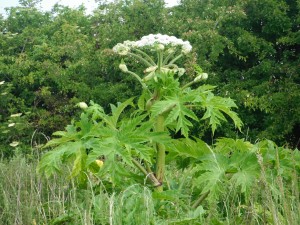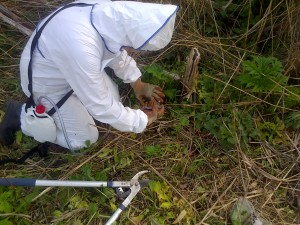The Problem?

Giant Hogweed (Heracleum mantegazzianum) was introduced as an ornamental species. It was first recorded in the wild in the mid 19th century and is now widespread with a preference for river banks. As well as outcompeting native plant life, Giant Hogweed poses a risk to human health. The sap of the plant can cause the skin to burn and become sensitive to sunlight.
What Are We Doing?

Giant Hogweed has been identified on many of our reserves including; Bowesfield Marsh, Preston Farm, Maze Park and Portrack Marsh. As each flower of the plant can produce 50,000 seeds which remain viable in the soil for 7 years, it is important to deal with Giant Hogweed as early as possible. On our reserves we currently use stem injection to kill off the plants in April/May using a solution of Glyphosate. In June/July any plants that were missed have the heads removed and are injected with Glyphosate to ensure no seeding can occur. In September plant re-growth is tackled again via stem injection.
